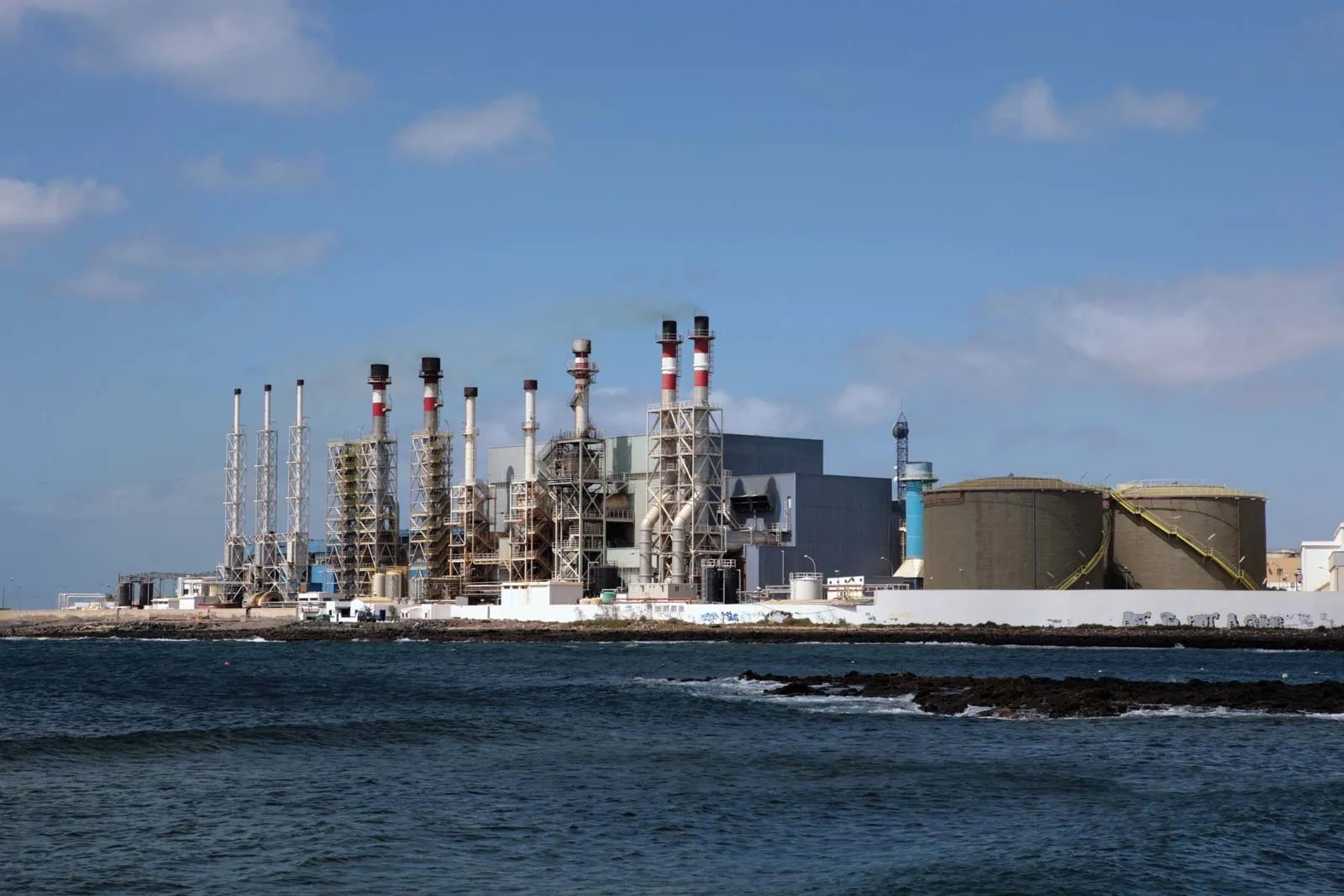
Desalination is a process that has gained significant attention in recent years due to the growing global demand for freshwater. This innovative technology involves removing salt and other impurities from seawater to produce clean, drinkable water. As the world grapples with water scarcity issues, desalination has emerged as a promising solution to provide a sustainable source of freshwater for both urban and rural areas. In this article, we will explore ten fascinating facts about desalination, shedding light on its impact, methods, and potential for addressing the pressing challenges of water shortage. Join us as we delve into the world of desalination and uncover the remarkable insights behind this vital process.
Key Takeaways:
- Desalination turns salty seawater into drinkable freshwater, helping communities in dry areas access clean water for drinking, farming, and industries.
- While desalination provides vital water, it also brings environmental challenges, so ongoing advancements aim to make it more efficient and sustainable.
Desalination is the process of removing salt and other impurities from seawater.
Desalination is a crucial process that provides fresh water in areas where clean water is scarce. By removing the salt and impurities from seawater, desalination makes it possible to produce drinkable water from the abundant resource of the ocean.
Desalination plants can be found all around the world, from the Middle East to the United States.
Desalination plants are located in various countries, especially in regions facing water scarcity. These plants play a vital role in meeting the water needs of communities and industries, offering a sustainable solution to water shortages.
Desalination technology has been in use for centuries.
While modern desalination plants utilize advanced technology, the concept of desalination has been practiced for hundreds of years. Ancient civilizations used rudimentary methods to remove salt from seawater, demonstrating the enduring importance of this process.
Desalination can be achieved through various methods, including distillation and reverse osmosis.
There are different techniques for desalination, with distillation and reverse osmosis being the most common. These methods involve separating the salt and impurities from the water, resulting in the production of freshwater for consumption and other uses.
Desalinated water is used for drinking, irrigation, and industrial purposes.
The freshwater obtained from desalination serves multiple purposes, including providing clean drinking water, supporting agricultural irrigation, and meeting the demands of various industries. This versatile resource contributes to sustainable development and growth.
Desalination helps alleviate water scarcity in arid regions and coastal areas.
In regions with limited freshwater sources, desalination offers a practical solution to water scarcity. Coastal areas, in particular, benefit from desalination as it harnesses the vast seawater reserves to meet the needs of the local population and economy.
Desalination has environmental impacts, including the disposal of brine and energy consumption.
While desalination provides a vital water source, it also raises environmental concerns. The disposal of concentrated brine, a byproduct of the process, and the energy requirements of desalination plants are important factors to consider in sustainable water management.
Desalination technology continues to advance, enhancing efficiency and sustainability.
Ongoing research and development in desalination technology aim to improve efficiency, reduce energy consumption, and minimize environmental impacts. These advancements contribute to making desalination a more sustainable and accessible solution for addressing water scarcity.
Desalination plays a critical role in ensuring water security for future generations.
As global water demand increases, desalination stands as a crucial pillar of water security. By providing a reliable source of freshwater, desalination contributes to meeting the needs of growing populations and mitigating the impacts of water scarcity on communities and ecosystems.
Desalination is a key component of sustainable water management and resource utilization.
Integrating desalination into comprehensive water management strategies is essential for addressing water challenges. By harnessing the potential of desalination alongside conservation and efficient water use, societies can achieve sustainable water security and resilience.
Conclusion
Desalination is a crucial process that provides fresh water in regions facing water scarcity. As the global population continues to grow, the demand for fresh water is increasing, making desalination an important solution. With advancing technology, desalination is becoming more efficient and cost-effective. However, it is essential to consider the environmental impact and energy consumption associated with desalination. By promoting sustainable practices and investing in innovative desalination methods, we can ensure a more reliable and eco-friendly water supply for future generations.
FAQs
What is desalination?
Desalination is the process of removing salt and other impurities from seawater to produce fresh water suitable for human consumption and irrigation.
What are the main methods of desalination?
The main methods of desalination include reverse osmosis, thermal distillation, and electrodialysis. Each method has its advantages and limitations.
Is desalinated water safe to drink?
Yes, desalinated water is safe to drink after undergoing the necessary treatment and quality testing to ensure it meets drinking water standards.
What are the environmental concerns related to desalination?
The environmental concerns include the disposal of brine, energy consumption, and the impact on marine ecosystems. Efforts are being made to address these challenges through sustainable desalination practices.
How does desalination contribute to water sustainability?
Desalination plays a crucial role in providing a reliable source of fresh water, especially in arid regions where traditional water sources are limited. It helps mitigate water scarcity and supports agricultural and industrial needs.
What are the future prospects for desalination technology?
The future prospects for desalination technology involve advancements in energy-efficient processes, utilization of renewable energy sources, and the development of more sustainable desalination practices to minimize environmental impact.
Was this page helpful?
Our commitment to delivering trustworthy and engaging content is at the heart of what we do. Each fact on our site is contributed by real users like you, bringing a wealth of diverse insights and information. To ensure the highest standards of accuracy and reliability, our dedicated editors meticulously review each submission. This process guarantees that the facts we share are not only fascinating but also credible. Trust in our commitment to quality and authenticity as you explore and learn with us.


